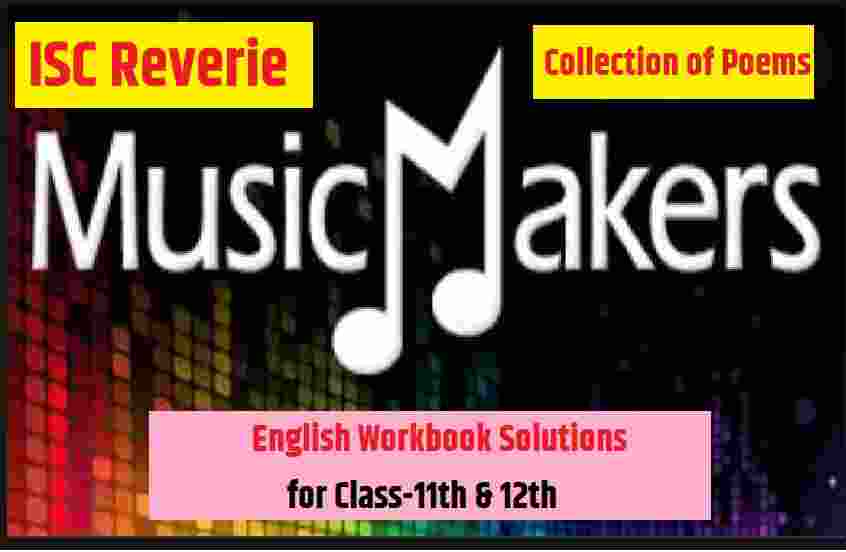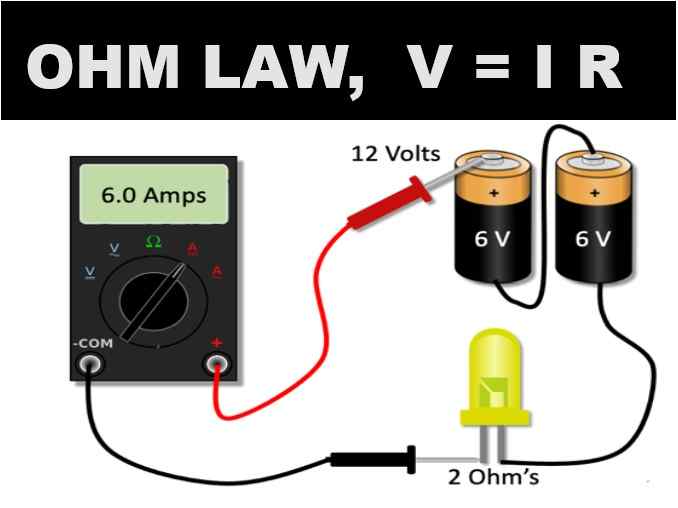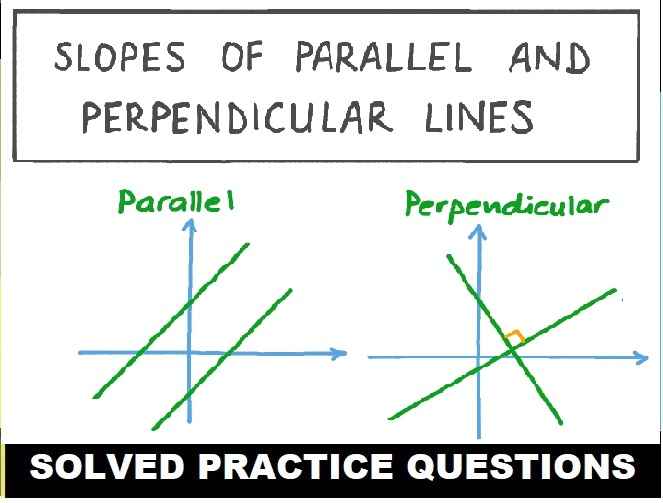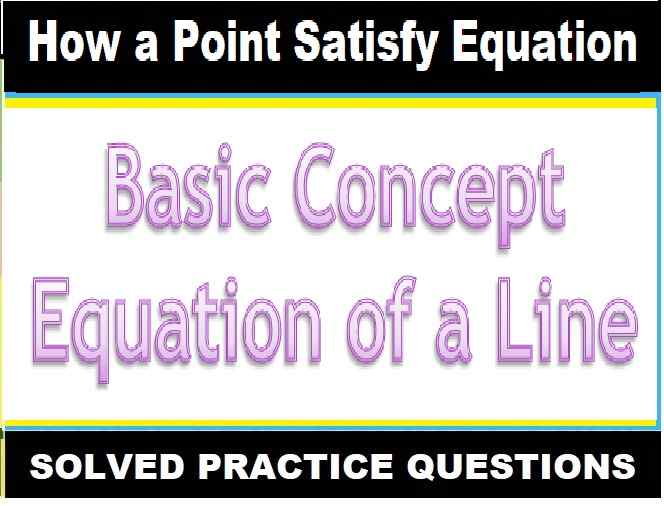We are the Music Makers : Questions and Answers for ISC Reverie Collection of Poems Workbook Solutions for cracking the next upcoming Sem-2 exam of council. Visit official website CISCE for detail information about ISC Board Class-11 and 12 English.
We are the Music Makers : Questions and Answers for ISC Reverie Collection of Poems Class-11 and 12

| Board | ISC |
| Class | 12th (XII) |
| Subject | English (Reverie) |
| Chapter | We are the Music Makers |
| Syllabus | on bifurcated syllabus (after reduction) |
| Session | 2021-22 |
| Bifurcated | Sem-2 |
| Topic | Descriptive / Subjective Question for sec-B |
We are the Music Makers : Part – 1
Questions and Answers for ISC Reverie Collection of Poems
(a) Whom does the poet call music makers in the poem ‘We are the Music Makers’? In what ways are they ‘The dreamers of dreams’?
Answer : In the poem ‘We are the Music Makers’ the poet refers to all creative artists as music makers. These creative artists are note merely musicians. They include poets, painters, sculptors and all other artists. The poet calls all of them music makers since they create harmony and sweetness. When we listen to a song, a read a poem, look at a beautiful painting, sculpture, etc. we are struck by the harmony it creates and the sweetness it makes us feel.
The poet calls all artists as ‘dreamers of dreams’, since they dream what we all dream. Their dreams are, however, different from ours in nature. Whereas our dreams remain mere dreams and vanish after a while, their dreams get concrete shapes in the forms of poems, songs, stories, paintings, sculptures etc
It is ironic that these artists are often labelled as ‘losers’ and ‘forsakers’ . They gain little by their pursuits in material terms. They are not in for acquiring power, pelf and even name. Moreover, they do not actively engage themselves in routine life. They remain aloof from society. They are seen wandering by the stormy sea or sitting by forlorn streams, lost in their dreams. They make a sacrifice and leave all comforts of the world. Their sacrifice is essential for them to live in dreams in order to discover beauty in human nature and elsewhere.
Though they remain away from real life, yet they have a powerful role as ‘movers and shakers of the world. Through their art they shake the world from its habitual slumber and push it forward on the path of progress. Their art in its rebellious form and nature challenges the status quo and brings about a change, which is essential for the forward movement of society.
(b) What does the poet say about the power of artists?
Answer : It is generally thought that artists – poets, musicians, painters, sculptors, etc. – are powerless people. They are regarded as useless, worthless dreamers. The world, in fact, gives little importance to them in the power structure of society. Kings and Emperors or modern day rulers are looked upon as the pillars of strength. Businessmen and traders give strength to this power structure.
In ‘We are the Music Makers’ the poet does not agree with this commonly held belief. He is convinced of the power of artists. He firmly believes that all good artists manage to do even the unthinkable. With their eternal creations, songs and fantasies they inspire and help people to ‘build up the world’s great cities’ and shape up ‘an empire’s glory’. In other works their vision in their creative works can help raise great empires. At the same time it can help tumble an empire down. In this sense, they are the leaders of the world. In this sense, they are the leaders of the world. Their art needs to be celebrated.
(c) The poem projects the power of artists as almost divine. Comment.
Answer : The power of artists is almost divine. When they suffer, a ‘Nineveh’ is built – a society in which people stood down and do sinful deeds and invite God’s wrath, such as people did in the ancient city of Nineveh. And when they rejoice, a ‘Babel rises up – coordination and unity such as the people showed when they embarked on the project of building the Tower of Babel to reach the heavens.
Nineveh and Babel are symbolic of human rise and subsequent fall. They reveal that artists can create and destroy the same thing. It is only an artist who can create a dream only to demolish it for something better. In other words, they demolish the old decadent world by predicting about the new desirable things. Thus, they themselves create myths and kill them, but there will always be new artists and new myths. Art, thus, is continuous, for myths and drams never die.
We are the Music Makers : Part – 2
Questions and Answers for ISC Reverie Collection of Poems
(a) Justify the title of the poem ‘We are the Music Makers’.
Answer : The title of the poem ‘We are the Music Makers’ is quite appropriate and suggestive. The word ‘We’ refers to all artists – poets, singers, musicians, painters, sculptors, etc. The speaker in the poem is, thus, representative of all artists. He is a composite voice. By ‘Music Makers’ the poet means artists who create harmony and sweetness by their creations.
The focus of the whole poem is on these ‘music makers’ . In the first stanza, we are told that the artists, the music makers, are dreamers of dreams. Their dreams are those which we all dream. Though they keep themselves aloof from society and do not actively engage themselves in material pursuits they challenge the status quo by their ideas and push the society on the path of progress. They are ‘movers and shakers’ in the true sense.
In the second stanza, the focus is on the power of artists. They can inspire and help people to build great cities and shape up an ’empire’s glory’. In the third stanza , the poet makes it clear that artists can create and destroy the same thing. They create a myth and demolish it to create a new one. It shows how art continues. Myths and dreams never die. They continue to exist in different shapes and forms.
Thus, throughout the poem, the focus remains on the natures, power and influence of the music makers, the artists of all sorts.
(b) Comment on the main theme of the poem ‘We are the Music Makers’.
Answer : ‘We are the Music Makers’ underlines the idea that art is not for art’s sake, rather it is for life’s sake. Art is a powerful vehicle for social change. It has great transformative power. It is true that artists – poets, musicians, painters, sculptor, etc – do not engage themselves in physical activities. Rather they remain aloof from society. Yet their art in the shape of a poem, a song, a painting or a sculpture can inspire people to challenge the status quo and push the society on the path of progress. It is in this way that the artists are ‘movers and shakers’.
Art gives new ideas and new visions. Through these ideas, dreams and fantasies people create new empires and demolish old ones. Artists wield great powers, though they are derided as useless and idle people . In the last stanza of the poem, the poet refers to the divine power of artists. They can create new myths and destroy the old ones. Art is immortal. It has the power to define, change and rechange life.
(c) Explain : ‘……….we are the movers and shakers/Of the world, it seems’.
Answer : This line forms the crux of the poem. The phrase ‘movers and shakers’ , assigned here in the poem to artists – has become a part of our daily language in different contexts. In simple words, the poet feels that all artists, whether they are poets, singers, painters or sculptors, have the power to shake the world and move it on to the path of progress. They can challenge the status quo by challenging old beliefs and myths. They can create new power centres and destroy the old ones. This is essentially a romantic concept about artists. The words ‘it seems’ bring in some doubt about it. There are many people in this world who do not hold good opinion about the artists. They believe that artists are not men of actions and as such they can being no change in any system – social, political or economic. The poet, too, seems to agree with them when he pictures artists, especially poets as idle wanderers.
The fact is that only a few great artists can be labelled as true ‘movers and shakers of the world’. There have been artists whose creations inspired the people with revolutionary ideas and brought about the desirable change in society.
We are the Music Makers : Long Questions
Questions and Answers for ISC Reverie Collection of Poems
Question 1 : In ‘We are the Music Makers’ O’Shaughnessy describes artists as ‘the movers and shakers’. Do you agree with the view? Discuss with close reference to the text.
Answer : In ‘We are the Music Makers’, O’Shaughnessy speaks in glorious terms about the artists of all kinds – poets, musicians, sculptors, painters, etc. He is aware of the fact that artists do not really belong to this world as they like to live in their own imaginary worlds. Basically, they are dreamers. And yet they are ‘dreamers of dreams’. Dreams, here, refers to high ideals and values which all of us desire. The artists dream of a world which is an ideal world of our dreams. They express their dream in various forms – words, sweet harmonies, painting, sculptures and the like. It is from their dreams that ordinary people get inspired. Some artists give birth to revolutionary ideas in their works. They seem to challenge the status quo and inspire men of actions to challenge it and change it by whatever means they deem fit. Sometimes they are able to bring about revolutionary changes in socio-political scene in a country. Rousseau’s ideas were mainly responsible for the French Revolution in 1789. It is in this context, perhaps, O’Shaughnessy makes the artists of the world declare in the first person:
………we are the movers and shakers,
Of the world for ever, it seems.
The phrase ‘movers and shakers’ , now a part of our daily language in different contexts, thus suggests that artists are rebels who shake the status quo by challenging it and pushing the society forward. The words ‘it seems’ being in some doubt about it. There are many people in this world who do not hold good opinion about the artists. They believe that artists are not men of actions and as such they can bring no change in any system – social, political or economic. They say the artists are only escapists. The poet, too, seems to agree with them when he pictures artists, especially poets as idle wanderers:
Wandering by lone sea-breakers
And sitting by desolate streams
World-losers and world-forsakers,
Upon whom the pale moon gleams:
There is no doubt that artists renounce the comforts of the world. They escape from harsh realities of the world. Yet they are ‘the movers and shakers’ in the sense that they give birth to ideas which inspire men of actions to change the status quo by rebelling against it and initiate a forward movement in society. So the poet is right in describing artists as ‘the movers and shakers’ in this sense. They move and shake the world not through action but through their ideas, ideals and dreams.
Question 2 : ‘We are the Music Makers’ is an ode in form. Discuss and illustrate.
Answer : The ode is a poem on a serious subject, written in a dignified and exalted style. It is often addressed to the being or object it treats of, as in Shelly’s ‘Ode to the West Wind’.
‘We are the Music Makers’ is also known as ‘Ode’ and is included in O’Shaughnessy’s book Music and Moonlight (1874). There is no doubt about it that the poem is in the form of the Ode proper. It is serious in content and treatment. It praises or admires all creative artists – poets, musicians, painters, etc. It celebrates their power and impact. The poet agrees that the creative artist is not a man of action. He does not directly initiate or lead a revolution, a battle or a war. He remains outside the world of action. In his search for beauty and harmony he is seen in lonely places – sea beaches or streams which he watches for hours together. He is rarely seen in the company of men, enjoying ordinariness of ordinary life. O’Shaughnessy is not the first to have come up with the glorious concept of an artist. The Romantic poets have already given us the image of him as someone who is unusual and extraordinary, whose imaginative powers are infinite and almost divine. Coleridge refers to him in ‘Kubla Khan’ in awe:
And all should cry, Beware ! Beware!
His flashing eyes, his floating hair !
Shakespeare’s Theseus recognises the power of the poet’s pen that “gives to airy nothing/A local habitation and a name.”
O’Shaughnessy in his poem makes it clear that the fantasies of the artist are not mere fantasies. Their fantasies, dreams, myths and legends inspire generations of men. They are to be seen as rebels:
Yet we are the movers and shakers,
Of the world for ever, if seems.
The poet, thus, views seriously the role of the creative men in the world of reality and action. Their powers cannot be ignored. They are capable of building or destroying empires through their nerve-dying creations.
Thus, the subject matter of the poem is dignified. The treatment of it is also in a dignified tone and style. This is vivid from the regular rhythm in the opening stanza itself.
We are the music-makers,
And we are the dreamers of dreams,
Wandering by lone sea-breakers
And sitting by desolate streams.
This ode is, of course, not addressed directly to the beings it treats of, as we find in odes like ‘Ode to the West Wind’ by Shelly or ‘Ode on a Grecian Urn’ by Keats. In it, the subject is the speaker, the representative and collective voice of all artists of the world.
Question 3 : Give a critical analysis of O’Shaughnessy’s poem ‘We are the Music Makers’. What appeals to you most about this poem?
Answer : O’Shaughnessy’s poem ‘We are the Music Makers’, also entitled ‘Ode’, appears in his book Music and Moonlight (1874). It is a poem which is dedicated to all sorts of creative artists, especially poets and musicians.
Like an ode, its subject matter is serious. It pinpoints the fact that artists may be escapists but they play an important role in society. They are ‘the movers and shakers’. The phrase ‘movers and shakers’ , now quite popular even in non-literary contexts, signifies that the artists are capable of shaking the foundations of an empire and pushing the society forward. The artists produce ideas and give dreams. They may not actually put them into action, but they inspire men of actions who change the status quo and realize their dreams. It is in this sense that the ‘dreamers of dreams’ are ‘the movers and shakers’ . Some people may not agree with the view. They call artists escapists, which is not true, if we have a broad view of history. The poet is right when he gives expression to the heroic deeds of artists in these lines:
We fashion an empire’s glory:
One man with a dream , at pleasure,
Shall go forth and conquer a crown;
And three with a new song’s measure
Can trample an empire down.
It is true that the artists provide ideas which help a man become a king, or which inspire a few revolutionaries to ‘trample’ an empire down. Rousseau’s ideas were an inspiration behind the French Revolution (1789).
In the structure of this poem, the poet follows the conventions of the ode, though he does not sue the apostrophe – no address to anyone; rather ‘the first person’ is used, as in a lyric proper. The poem has a varied rhyme scheme. In the first and the third stanzas the rhyme scheme is ababcdcd. In the second stanza there are two couplets aabb, and a quatrain, cdcd. The poem is best known for the effective use of metaphors and allusions. The felicity of phrase is its hallmark.
In short, the poem appeals to us most for its subject matter. We come to realize that the creative artists play significant role in moving the society forward with their ideas, and that they are not mere idle dreamers. In reality, they are ‘dreamers’ of our dreams. They deserve praise from all quarters
– : End of We are the Music Makers : Questions and Answers for ISC Reverie :-
-: also visit :-
- ISC Sem-2 Question Bank Class-12
- Sem-2 ISC Specimen Paper for Class-12
- ISC Class-12 Textbook Solutions ,Syllabus, Solved Paper
- Previous Year Question Paper for ISC Class-12
Please share with your ISC friends if it is helpful
Thanks



Hello I want a pdf of the notes
no pdf version available